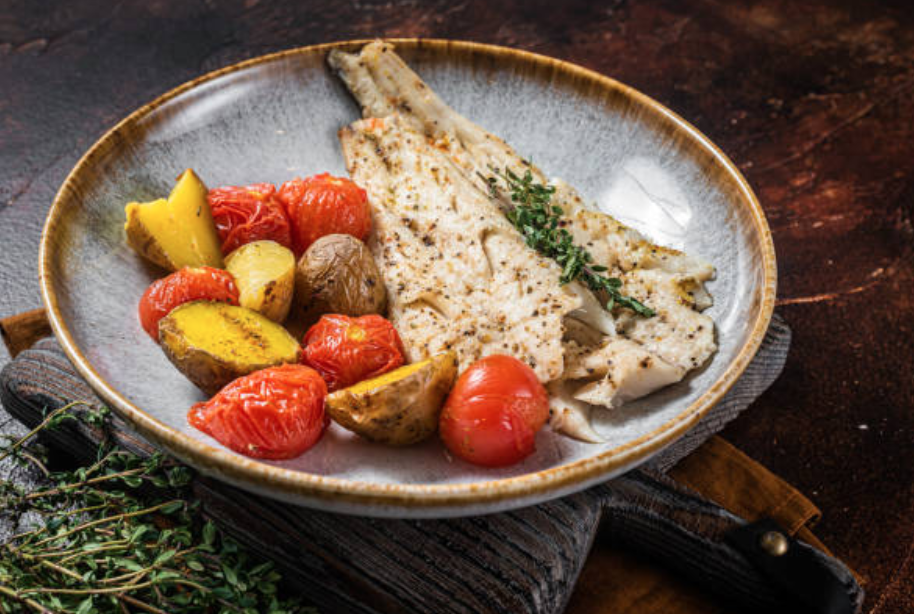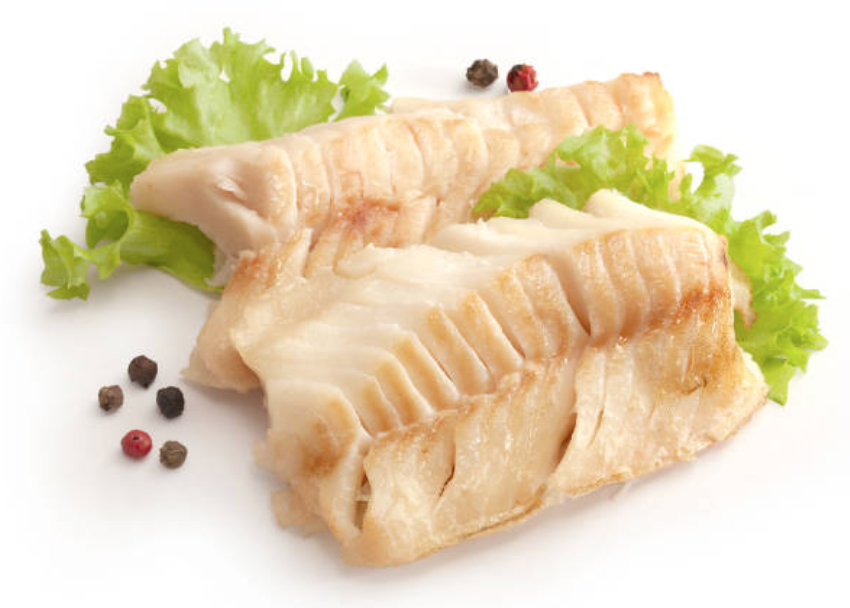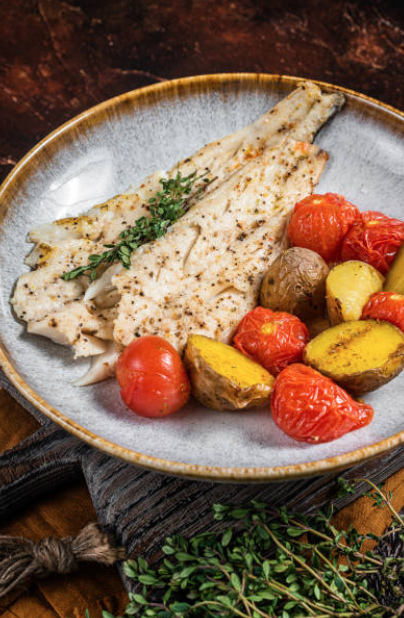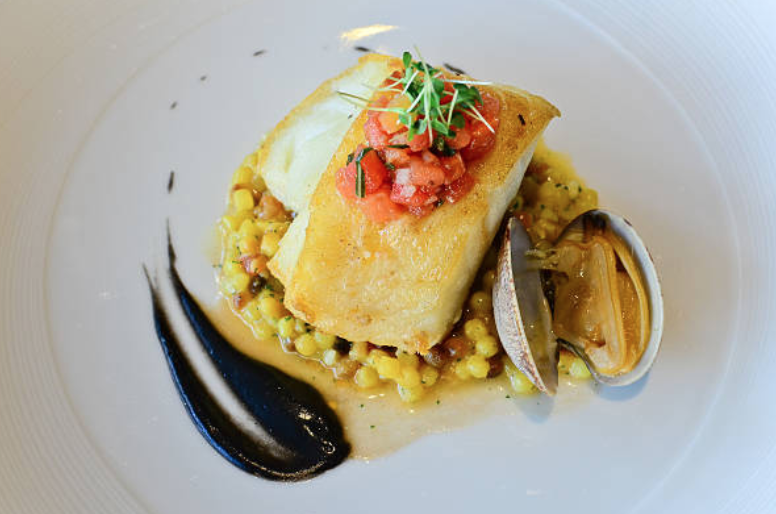Table of contents
- Introduction: What is the Best Cooking Technique
- 1. Baking Cod: The Healthiest Option
- 2. Grilling Cod: For a Smoky, Charred Flavor
- 3. Pan-Frying Cod: The Perfect Balance of Crispy and Tender
- 4. Poaching Cod: A Delicate and Moist Cooking Method
- 5. Steaming Cod: Preserving Flavors and Nutrients
- 6. Sous Vide Cod: Precise and Perfect Every Time
- Tips for Cooking Perfect Cod Every Time
- FAQs: Best Techniques for Cooking Cod
- Conclusion
Introduction: What is the Best Cooking Technique

Cod is one of the most popular and versatile types of fish in the culinary world. Its mild flavor and firm, flaky texture make it suitable for a wide range of cooking techniques. Whether you prefer baking, grilling, frying, or steaming, each method brings out different flavors and textures in cod. But what is the best cooking technique for cod? In this guide, we’ll explore the various cooking methods, their benefits, and tips for ensuring perfect cod every time.
Whether you’re aiming for a crispy exterior, a tender inside, or a delicate balance of both, there are numerous ways to make cod a delicious centerpiece of your meal. Let’s dive into the best ways to cook cod and why each method stands out.
1. Baking Cod: The Healthiest Option
What is the best cooking technique for cod: Baking is considered one of the healthiest cooking methods for cod, as it requires little to no added fat and retains most of the fish’s natural nutrients.
Steps for Baking Cod:
- Preheat your oven to 400°F (200°C).
- Lightly coat the cod fillets with olive oil, lemon juice, garlic, and herbs like parsley or thyme.
- Place the fillets on a baking sheet lined with parchment paper.
- Bake for 12-15 minutes, depending on the thickness of the fillet. The fish is ready when it flakes easily with a fork and the flesh is opaque.
Why Baking is Great for Cod:
- Health benefits: Retains nutrients with minimal fat.
- Moisture retention: Ensures the fish remains tender and juicy.
- Customizable: You can add a variety of herbs, spices, and marinades to enhance the flavor.
2. Grilling Cod: For a Smoky, Charred Flavor
Grilling cod is an excellent choice if you want to impart a smoky, charred flavor to the fish. However, when done right, grilling cod can create a beautiful contrast between a crispy, slightly charred exterior and a moist, flaky interior.
Steps for Grilling Cod:
- Preheat the grill to medium-high heat (about 375°F to 400°F).
- Lightly brush the cod fillets with olive oil and season with salt, pepper, and any herbs or spices of your choice.
- Place the fillets on the grill. For easier handling, use a grill basket or wrap the fillets in aluminum foil.
- Grill for 4-5 minutes per side, flipping carefully to avoid breaking the fillets.

Benefits of Grilling Cod:
- Smoky flavor: Adds depth to the mild flavor of cod.
- Crispy texture: Creates a slightly charred exterior while keeping the inside moist.
- Quick cooking time: Grilling cod is fast and ideal for summer cookouts.
3. Pan-Frying Cod: The Perfect Balance of Crispy and Tender
What is the best cooking technique for cod: For those who love a crispy exterior, pan-frying cod is the way to go. Pan-frying allows you to achieve a golden-brown crust while keeping the inside of the fish tender and flaky. This method works well with cod due to its firm texture, which holds up well in the pan.
Steps for Pan-Frying Cod:
- Heat a tablespoon of oil (olive oil or butter) in a pan over medium-high heat.
- Season the cod fillets with salt, pepper, and any spices you like. Lightly dust with flour for an extra crispy finish.
- Once the oil is hot, add the fillets to the pan. Fry for 3-4 minutes on each side until golden brown.
- Remove the fish from the pan and let it rest for a minute before serving.
Why Pan-Frying is Ideal for Cod:
- Crispy crust: Achieves a golden-brown, crispy exterior.
- Quick and easy: Pan-frying is a fast method with minimal preparation.
- Flavor versatility: Allows for experimenting with different spices, batters, or sauces.
4. Poaching Cod: A Delicate and Moist Cooking Method

Poaching is a gentle method of cooking that keeps cod incredibly moist. It involves simmering the fish in a flavorful liquid, such as water, broth, or milk, at a low temperature. This technique is perfect if you want to keep the fish light and delicate without overpowering its natural flavor.
Steps for Poaching Cod:
- Fill a pan with enough water, fish broth, or milk to submerge the fillets.
- Add aromatics like bay leaves, thyme, and peppercorns to the liquid.
- Bring the liquid to a gentle simmer (not boiling).
- Add the cod fillets and cook for 6-8 minutes, or until the fish is opaque and flakes easily.
Benefits of Poaching Cod:
- Gentle cooking: Prevents overcooking and keeps the fish soft and tender.
- Healthy option: No added fat is needed when poaching.
- Retains moisture: Poaching ensures the cod remains juicy.
5. Steaming Cod: Preserving Flavors and Nutrients
Steaming cod is another great option for health-conscious cooks. This method involves cooking the fish over boiling water, ensuring it retains its natural moisture and nutrients. Steaming is a low-fat way to prepare cod, making it perfect for those looking for a light, clean dish.
Steps for Steaming Cod:
- Prepare a steamer basket or a double boiler.
- Bring the water to a boil and place the cod fillets in the basket.
- Steam the fish for 8-10 minutes, or until it flakes easily with a fork.
Why Steaming is Great for Cod:
- Nutrient retention: Steaming helps preserve the vitamins and minerals in the fish.
- Healthy: Requires no oil or fat.
- Natural flavor: Maintains the mild, natural flavor of cod without overpowering it.
6. Sous Vide Cod: Precise and Perfect Every Time
For ultimate precision, sous vide cooking is an advanced technique that ensures perfectly cooked cod every time. Sous vide involves vacuum-sealing the fish and cooking it in a water bath at a precise, controlled temperature.
Steps for Sous Vide Cod:

- Preheat a water bath to 130°F (54°C).
- Season the cod fillets with salt, pepper, and any desired herbs.
- Vacuum-seal the fillets in a bag and place them in the water bath.
- Cook for 30-45 minutes, then remove the fish from the bag and quickly sear it in a hot pan for a crispy finish.
Benefits of Sous Vide for Cod:
- Consistent results: Ensures perfectly cooked cod every time, without risk of overcooking.
- Moisture retention: Locks in moisture, making the fish incredibly tender.
- Precise control: Allows you to fine-tune the texture of the fish based on your preference.
Tips for Cooking Perfect Cod Every Time
Regardless of the cooking method you choose, here are some essential tips for ensuring your cod turns out perfectly every time:
- Season well: Cod has a mild flavor, so be generous with your seasonings, marinades, or sauces.
- Don’t overcook: Cod is done when it flakes easily with a fork and appears opaque. The internal temperature should reach 145°F (63°C).
- Use fresh cod: Whenever possible, use fresh, high-quality cod for the best flavor and texture.
- Rest the fish: Let the cod rest for a minute or two after cooking to allow the juices to redistribute.
FAQs: Best Techniques for Cooking Cod
How do you know when cod is done cooking?
Cod is done when it flakes easily with a fork and the flesh turns opaque. The internal temperature should be 145°F (63°C).
Can you cook frozen cod without thawing it first?
Yes, you can cook frozen cod, but you may need to increase the cooking time by 5-10 minutes depending on the method.
Which cooking method retains the most nutrients?
Steaming and poaching are the best methods for retaining nutrients in cod, as they don’t require added fats and cook the fish gently.
What’s the best way to get a crispy exterior on cod?
Pan-frying or grilling are the best methods for achieving a crispy exterior. Dusting the fillets with flour or breadcrumbs can also enhance the crispiness.
Conclusion
So, what is the best cooking technique for cod? The answer largely depends on your preference for flavor and texture. Baking and steaming are the healthiest methods, while grilling and pan-frying offer rich, crispy results. For those who want a more delicate, tender finish, poaching or sous vide are excellent choices. No matter the technique, cod’s mild flavor and firm texture make it a versatile and delicious choice for any meal.
With these tips and methods, you can now confidently cook cod using the technique that best suits your taste and dietary preferences.

